In Pakistan, Chinese firm helps ease energy crisis
Updated: 2015-08-05 04:14
(CHINAWATCH)
|
|||||||||
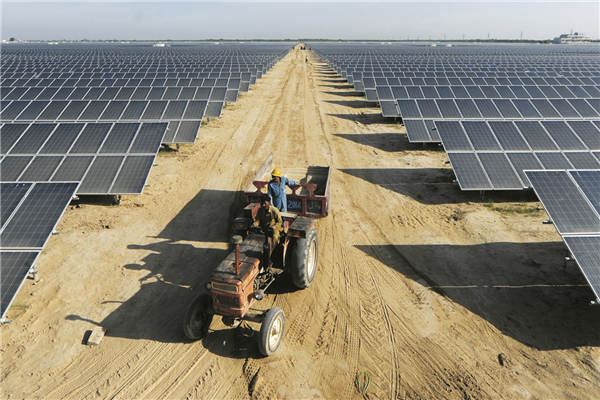 |
|
China’s TBEA Xinjiang SunOasis Co. built the world’s largest single solar photovoltaic power plant in the Punjab, Pakistan. |
Gao Xin knew little about Pakistan before he arrived there in April, only that the country enjoyed a close relationship with China, and that it faced internal and external issues such as security and overcrowding.
“My friends and family have asked me to take care, in terms of personal safety and the hot weather, but they know it’s a good experience for me, for my career,” he said. “My parents support my decision to be here.”
The 28-year-old, from Benxi city in the northeastern province of Liaoning, had only been abroad once before. “I have a master’s degree from Aston University (in the West Midlands) and traveled a lot while I was in the UK.”
Gao works for TBEA Xinjiang SunOasis Co., a Chinese company that has completed the first energy project of the $46 billion China-Pakistan Economic Corridor.
The CPEC is a key part of the Belt and Road Initiative, which refers to the Silk Road Economic Belt and the 21st Century Maritime Silk Road first proposed by President Xi Jinping in 2013. Under the initiative, China aims to support partner countries along the routes in developing infrastructure and improve its connectivity with Central Asia, the Middle East and Europe.
Pakistan is the link between the belt and the road, and TBEA’s work in Pakistan has taken it to Bahawalpur, which is in the Punjab province. The former princely state is already home to royal palaces, historic forts and hundreds of archaeological sites, some dating back thousands of years to the Indus Valley Civilization.
The latest addition to the landscape is the Quaid-e-Azam Solar Park, a 6,498-acre site in the Cholistan desert named after the founder of Pakistan, Muhammad Ali Jinnah.
TBEA built the world’s largest single solar photovoltaic power plant in three months. The 100-megawatt facility, stretching across an area of 568 acres, had a total cost of $215 million and is the initial phase of the vast renewable energy project.
The plant has already generated 39 million kilowatt-hours of energy for the Punjab, Hou Peng, TBEA’s director of international business, said in an interview with the Global Times, and it was connected to the grid in late March.
Pakistani Prime Minister Nawaz Sharif inaugurated the plant on May 5.
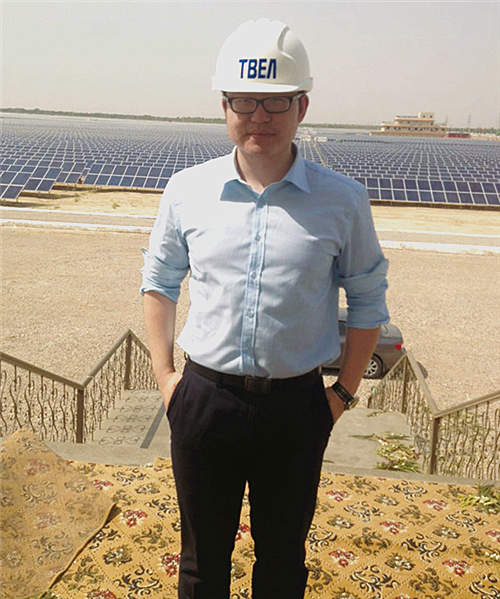 |
|
Gao Xin, worker at TBEA Xinjiang SunOasis Co. |
The country’s energy supplies cannot meet demand, and power cuts disrupt every aspect of daily life, including healthcare, manufacturing and education.
They deter investors and damage the economy, taking up to $9.2 billion off the country’s annual GDP. The energy crisis fuels poverty, militancy and riots that take the form of roadblocks, strikes and attacks on the homes of energy officials and utility offices.
The Punjab is home to 55 percent of Pakistan’s population and makes a 60-percent contribution to the country’s GDP. It also consumes 68 percent of the country’s energy. Addressing the energy crisis at a provincial level, let alone a national one, is a daunting task.
Gao’s job involves project development and working on new opportunities, such as preparing tenders. The solar park will have a 1.5-gigawatt capacity.
“I came to Pakistan for a training session, to learn about developing markets and projects, but after I started working here, the company’s management wanted me to stay for longer because of my language skills,” he said. “I accepted because I can see huge potential in the energy market, and both governments are investing in this sector.”
Although Gao lives and works in Lahore, he has traveled to Islamabad, the capital, and the metropolis of Karachi, which has an estimated population of 23 million.
“I live in Defence (an upmarket neighborhood), and at first I thought many people lived in lovely, big and modern houses. But then I learned there are many more people who have bad living conditions,” he said.
“Islamabad is like a bigger version of Defence, there are very few people living in a beautiful city. I was in Karachi on the hottest day of the year, it was so humid and more than 1,000 people died there because of a heat wave. The city was beyond anything I expected.”
With Pakistan facing an energy crisis, he said TBEA is there to invest and establish power plants.
“It’s a good market for us, and a good way to improve Pakistani living conditions and aid Pakistan’s development,” Gao said. “I’m a humble person, but I’m proud to take part in such big and great projects.”
- Chinese firm YFS to open fuel-tank plant in Detroit
- Nepal approves $360m investment from Chinese firm
- Chinese firm contracted to build 600 MW coal-fired power plant in Zimbabwe
- Chinese firm procures $235m from local contractors
- Kenya in talks with Chinese firm over extension of new railway line
- Chinese firm completes major power project in Nigeria
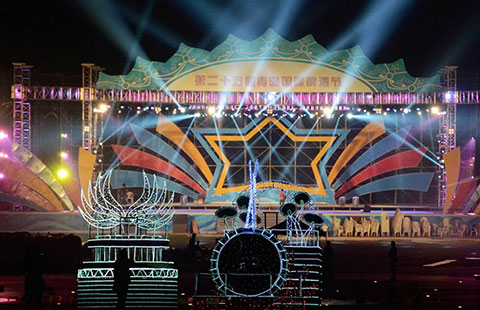
 Tsingtao gets ready for huge beer festival in China
Tsingtao gets ready for huge beer festival in China
 Stunning Shu brocade and embroidery techniques
Stunning Shu brocade and embroidery techniques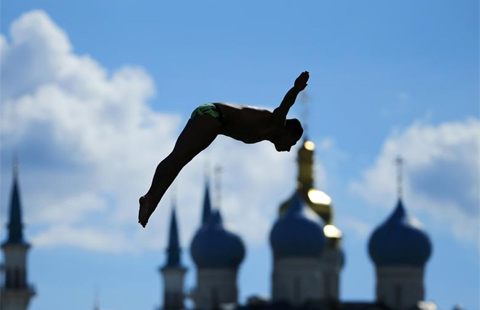
 Kazan games: Diving in the sky
Kazan games: Diving in the sky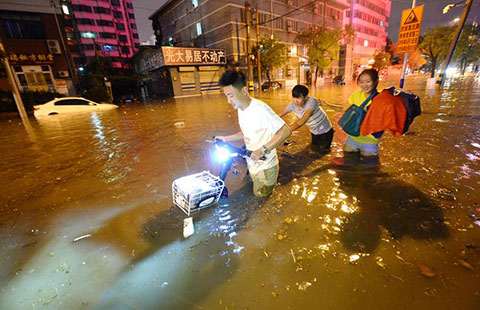
 Torrential rain wreaks havoc in Jinan
Torrential rain wreaks havoc in Jinan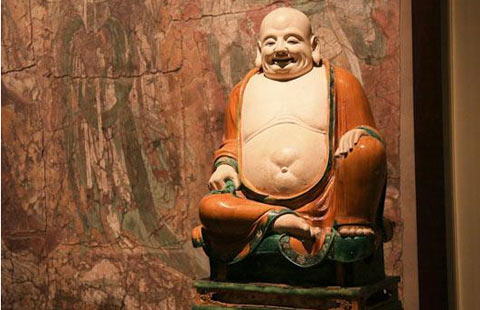
 A glimpse of Chinese cultural relics in foreign museums
A glimpse of Chinese cultural relics in foreign museums
 Flying Tigers show in New York
Flying Tigers show in New York
 Kobe Bryant frenzy grips Guangzhou
Kobe Bryant frenzy grips Guangzhou
 Three generations keep traditional lion dance alive
Three generations keep traditional lion dance alive
Most Viewed
Editor's Picks

|

|

|

|

|

|
Today's Top News
Obama issues challenge on climate change
GOPs begin pivotal debate week
Negotiation seen as key to China, US cyber solution
Beijing plans 'Silicon Valley' park for traditional culture
Obama issues challenge on climate change with power plant rule
China role crucial in UN plan
Biden associates resume discussion about presidential run
Malaysia seeks help to widen search for MH370
US Weekly

|

|







